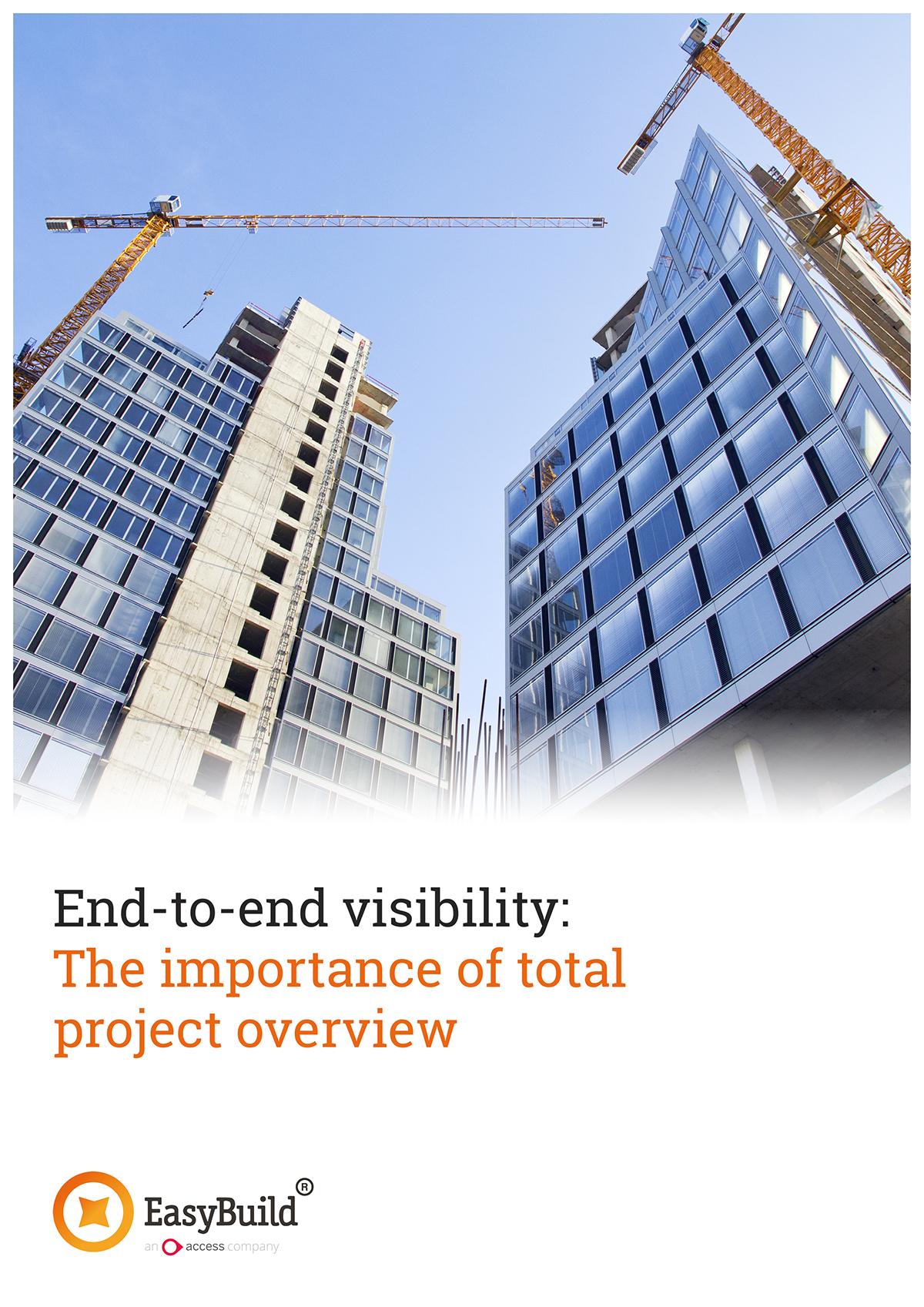This ebook from The Access Group looks at the challenging conditions for construction over the past year, both in terms of dealing with the Covid-19 pandemic, which has meant more remote working, an end to face-to-face meetings and enforced social distancing on sites, and in navigating a turbulent and complex supply chain picture, not to mention a new trading relationship with the EU
The immense pressures created by the pandemic, increased material shortages, rising costs and the disruption brought about by changing border controls have been piled upon longstanding issues in the construction industry, such as a lack of productivity and efficiency.
In this uncertain and even volatile business environment, it is vital for contractors and project managers to stay on top of what is directly within their control – and to mitigate the impact of what lies outside by reacting quickly and effectively.
Too often, however, construction firms, from housebuilding to civils to road and rail, are fighting an uphill battle against siloed working, fragmented or unreliable data, poor communication and a lack of clear accountability.
Unresponsive decision-making means problems can snowball, changing circumstances are not dealt with effectively and, ultimately, too many projects are brought in past deadline, over budget – and underspecification.
These practices would not, and are not, be tolerated in so many other sectors – and they do not have to be the norm for construction.
Technology unlocks efficiency gains
Technology is now available to provide end-to-end visibility on a project, from initial estimates and planning through to supply chain operation and the real-time activities on site. Knowing what is happening and when, based on reliable data that everyone in the project team can access without duplication or unnecessary barriers, is vital to unlocking efficiency gains.
Integrated applications and cloud storage can remove the silos that exist in traditionally fragmented supply chains, while field capture of information, using consistent standards, mean project managers can track and analyse progress in real time.
Meanwhile, mobile apps allow site managers to control purchase orders or update goods received without having to trek back to the office – and key job costing information is captured and updated as work moves forward.
Knowing the true performance of a project means more responsive decision-making, stronger risk mitigation and ultimately better outcome. This is what end-to-end visibility offers – and it is within reach now.



